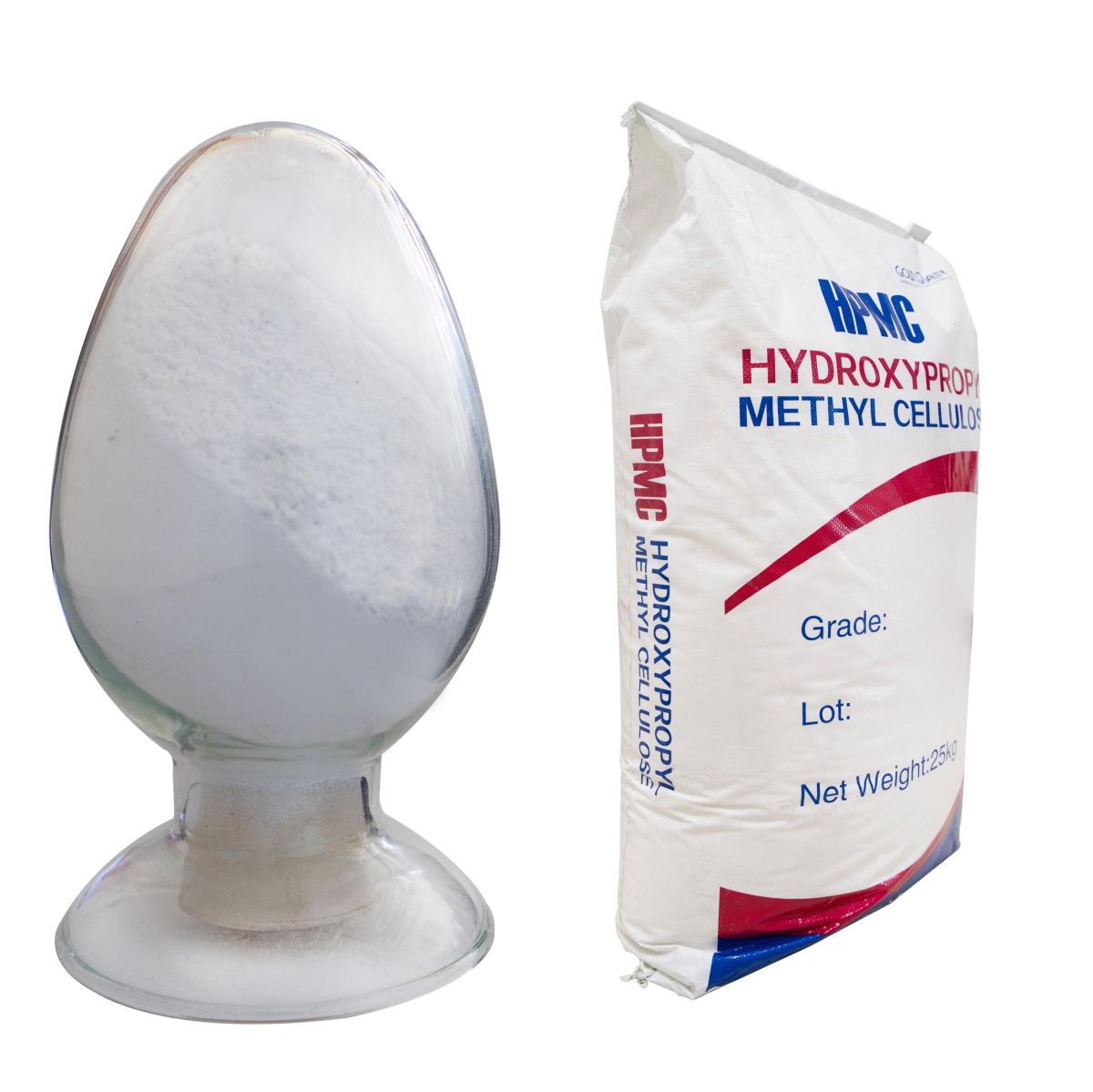How to Dissolve HPMC in Water to Produce Detergents
Step 1: Choose the correct grade of HPMC for your formulation.
The market is flooded with different types, all of which have different characteristics. Viscosity (measured in cps), particle size, and the need for preservatives will determine which HPMC you should choose. It is important to use surface-treated HPMC when making detergents. Once the correct grade is selected, it is time to start dissolving HPMC into water.
Step 2: Measure out the right amount of HPMC.
You must measure out the correct amount before attempting to dissolve any HPMC powder. The amount of powder needed will vary based on your specific application, so be sure to consult an expert or read up on best practices before proceeding. In general, you should start with about 0.5% by weight of the total solution as the desired amount of HPMC powder. Once you have determined how much powder you need, add it directly to the solution and stir gently until completely dissolved.
Measure out an appropriate amount of HPMC.
After adding the correct amount of water and stirring until any lumps dissolve, you can start adding the HPMC powder little by little while stirring constantly with a whisk or mixer. As you add more powder, the mixture will thicken and become harder to stir; if this happens, keep stirring until all clumps are broken up and evenly dissolved in the liquid. After adding all the powders and stirring thoroughly, your solution is ready!
Step 3: Monitor Temperature and Viscosity
After adding the HPMC powder to the solution and stirring gently until completely dissolved, start monitoring the temperature and viscosity over time. Doing this will help ensure that all the ingredients are properly combined and that nothing settles to the bottom of the solution or sticks to the top. If anything goes wrong during this process, just adjust the temperature slightly or add more powder until everything is evenly distributed throughout the solution.
After monitoring temperature and viscosity over time, allow your solution to set for at least 24 hours before proceeding with any other steps associated with making detergent. This allows all ingredients to be properly put into place before further processing begins. At this point, there are other steps you can take, such as adding flavors or coloring if desired.
Post time: Jun-16-2023

